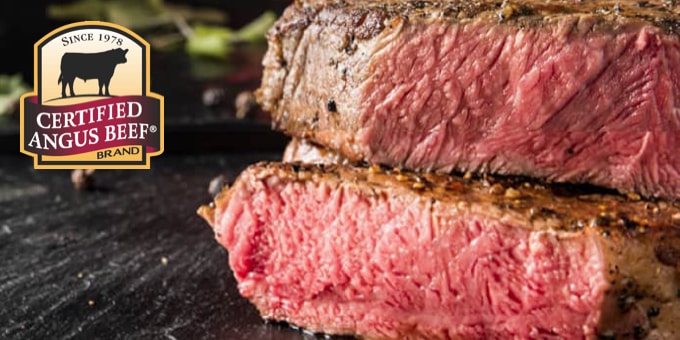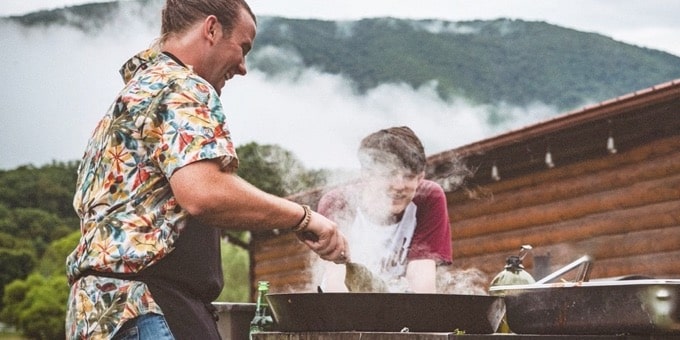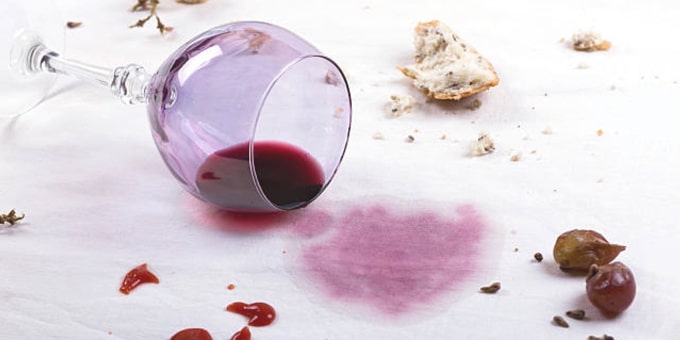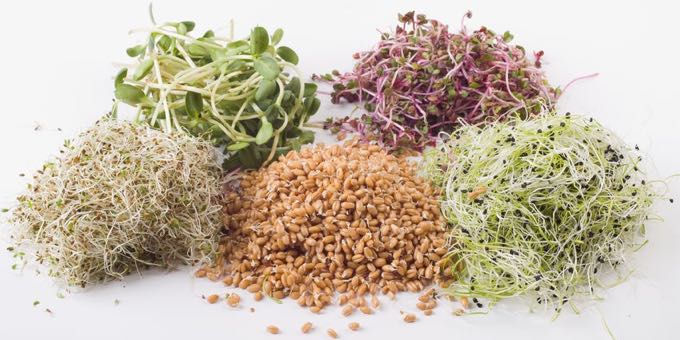CERTIFIED ANGUS BEEF
The main reason people buy beef is for the taste. Certified Angus Beef brand is recognized as the highest quality grade or brand, ranking above USDA Prime and Choice. More than just the “predominantly black hide”, there are 10 exacting standards that ensure ensure consistent superior quality every time. Only 1 in 4 Angus-influenced cattle meet these standards.
GRASS-FED VS GRAIN-FED
Grass-fed beef marketing that claims it is healthier or more eco-friendly than grain-fed beef is a myth. The difference really is more in the production, marketing and distinctive tastes. In the end, all cattle are grass fed spending the majority of their days in the pasture.
Certified Angus Beef grain-fed cattle spend 50-70% grazing, and are on a grain-based diet for a fairly short time – usually 4 to 6 months (120-180 days). The time needed to grow an animal on grass to harvest weight is almost double that of grain-fed. In the end this means more greenhouse emissions and energy use which at the numbers today would require and extra 60 million acres of land (about the size of Wyoming).
Claims that grass-fed beef is healthier than grain-fed, stating that it has higher levels of Vitamin A and E, omega-3 fatty acids and conjugated linoleic acids are true; however, the differences are not really enough to impact health. The bottom line is both are healthy choice.
AGING
Just like cheese and fine wines improve with time, so does beef when aged properly. It adds flavor and tenderness. During aging, the beef is put at a temperature usually between 30° to 36° for and extended period. This is when the natural enzyme’s in the meat break down the proteins within the muscle which improves the tenderness and enhances the flavor.
WET AGING
The majority of aged beef is wet aged. In this process the beef is placed in vacuum packages where the air has been removed and then refrigerated at a controlled temperature. Wet aging offers improvement in tenderness similar to dry aging, but dry aging is know for it’s intense flavor.
DRY AGING
Is the traditional method with it being considered an art form. Less than 1% of beef today is dry aged. The beef is stored without packaging on racks in temperature, airflow and humidity controlled open-air coolers. Humidity and temperature, along with the use of ultraviolet light, control bacterial growth. During the process the moisture evaporates from the outer surface which concentrates the flavor inside.
If you love beef, Certified Angus Beef is wonderful choice!
For recipes and more information visit: CertifiedAngusBeef.com











